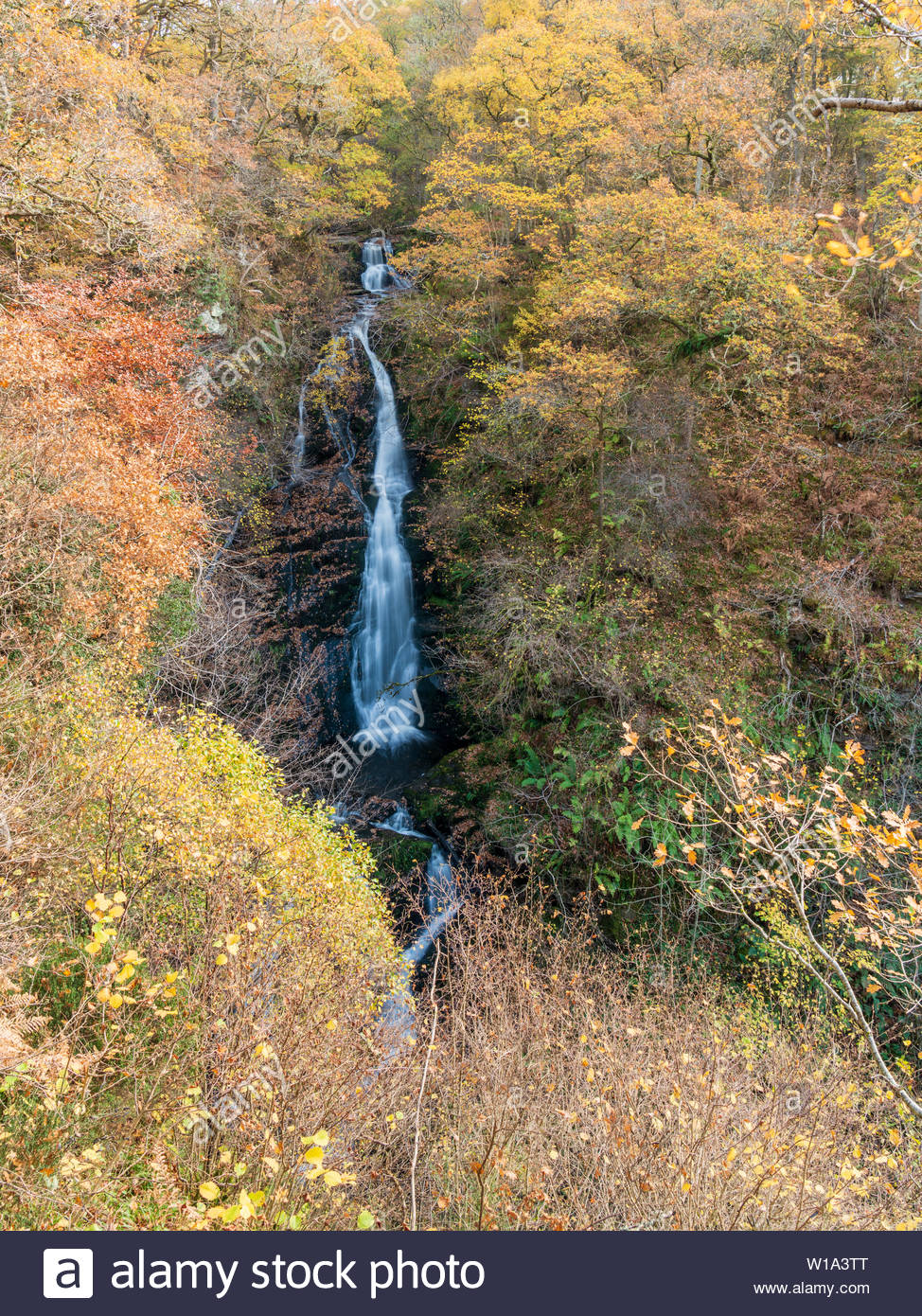

The three roundhouses are located towards the west end of the monument. In one case, a rectangular structure sits within the low circular mound and this may be the remains of later adaptation of the roundhouse. Each is approximately 20m in diameter and they survive as low circular earthworks.

The earliest remains are of three roundhouses likely to date to the second millennium BC. The monument consists of three distinct elements, each characterised by form, function and likely date of origin, although in use there was a degree of overlap. Individual structures survive as substantial earthworks with good potential for undisturbed features and deposits in the ground surrounding them. The complex represents a significant degree of continuity of settlement and agricultural activity, including the use of some of the buildings over an extended time period. The overall site has been a focus for occupation starting in later prehistory and continuing through the Iron Age to the early Historic and later periods. The cultural significance of the monument has been assessed as follows: Source: Historic Environment Scotland Statement of Scheduling Specifically excluded from the scheduling are the above-ground remains of all existing modern features including structures, fences and gates and the top 30cm of all tracks. The scheduled area extends up to but does not include modern boundary features. It includes the remains described above and an area around them in which evidence relating to the monument's construction, use and abandonment is expected to survive, as shown in red on the accompanying map. The scheduled area comprises a clipped circle, 50m in diameter and a polygon. The site has been variously occupied through later prehistory and into the early historic and medieval periods. In addition, the monument includes adjacent remains and buried archaeological and environmental deposits from settlement and agricultural activities. The monument includes three roundhouses likely to be later prehistoric in origin, two larger settlement structures known as monumental roundhouses likely to date to the early historic period and five longhouses thought to originate in the medieval period. The monument is located on low lying ground to the east of Loch Rannoch at approximately 215m above sea level. They are the remains of settlement and of agricultural and industrial activity which is likely to have originated in the second millennium BC and continued, intermittently, into the early medieval period.

The monument comprises a complex of later prehistoric and medieval structures and their associated remains, visible as low-lying earthworks.


 0 kommentar(er)
0 kommentar(er)
